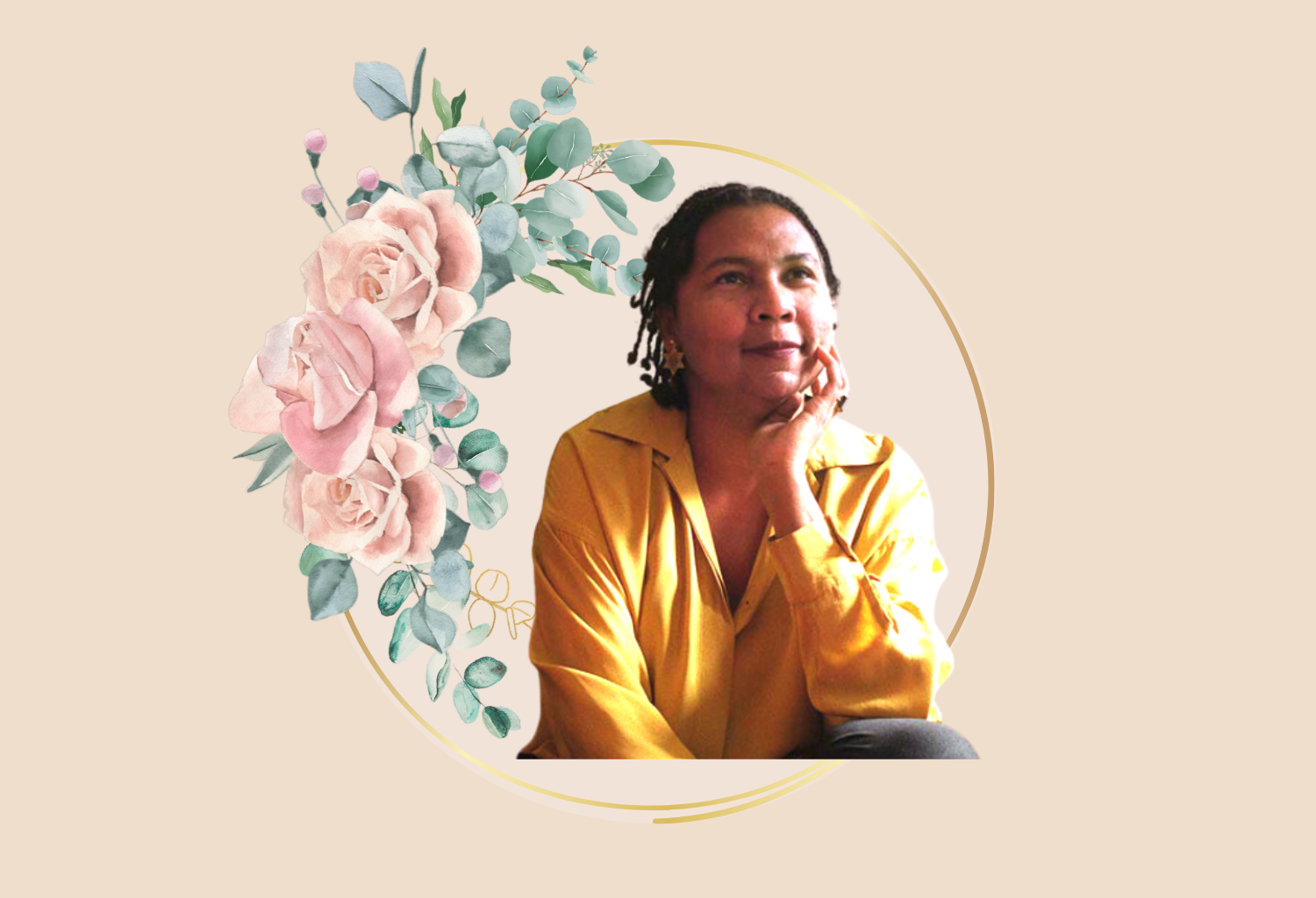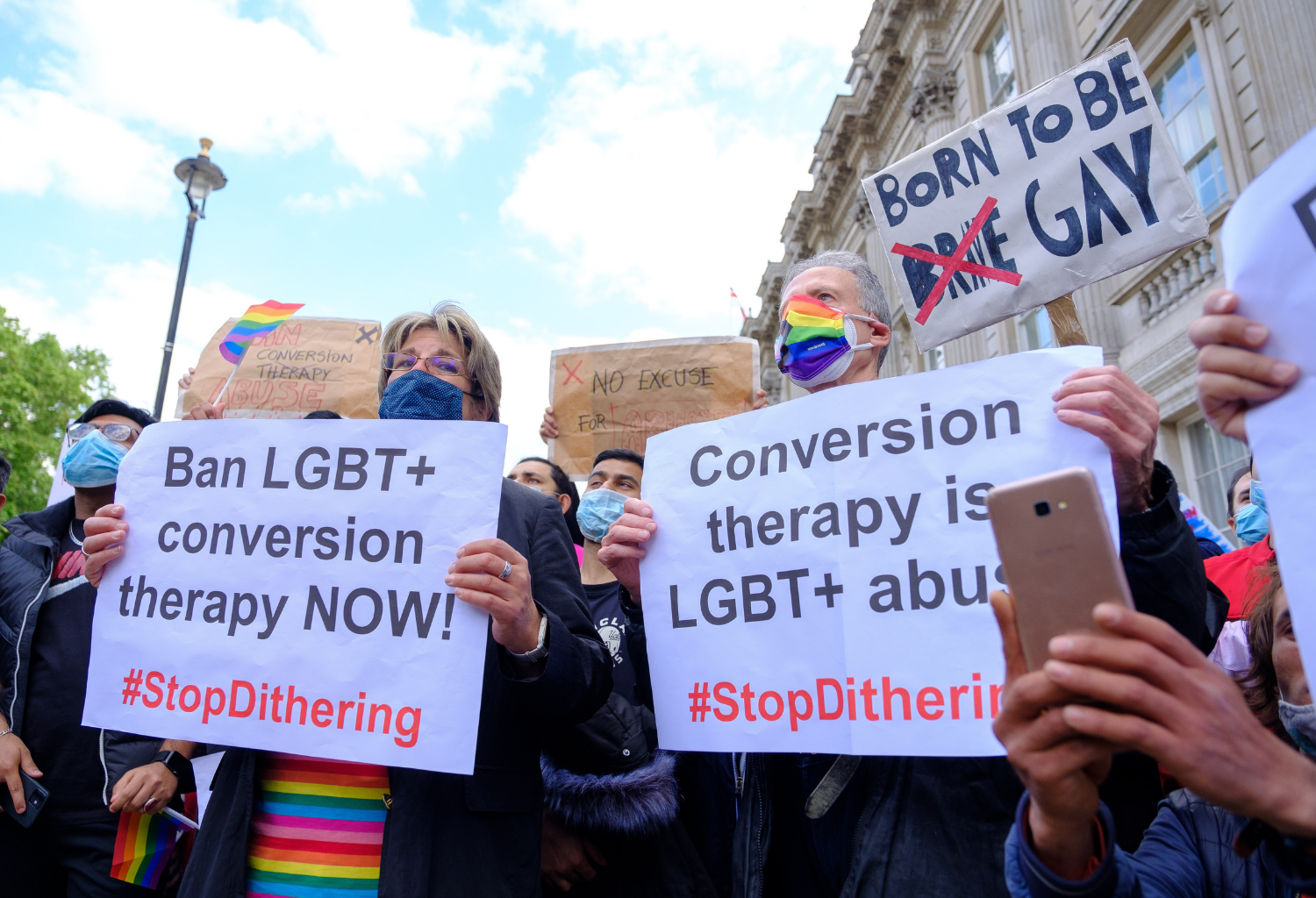Written by Bhavana Nissima
Dear Friend,
I hope you read my last article that was an introduction to Neuro-feminism. If you haven’t, may I suggest you first do that before returning to this article?
In this article, I focus on the structure of traumatic memories. How are these memories made? I will attempt to explain in simple terms. In the process, I will deliberately delete some nuances and complexity. Please forgive me in advance.
A significant emotional event happens resulting in a severe change in homeostasis of the body. An intense emotional charge (basically a biochemical change) sets in that the neurology picks up and marks. Associated to this emotional charge are a set of images/colours/sounds/words/smells/texture. A specific kind of memory of that event is thus created.This memory is of a specific time duration which corresponds to when the person experienced the intense emotional charge.
A trigger is a word/smell/sound/colour/image that elicits this memory and its corresponding emotional charge. Each time a person remembers, the sensory elements of the memory is further distorted. Maybe certain images become more significant or sounds louder or smells more intense or some other sensory element. Each time the emotional charge becomes more strengthened and consolidated with the memory.
Here is the thing—certain events have happened in our lives. When such events happen, along with the memories we also interpret the event as reflecting something about us and/or the others. These interpretations are usually disempowering. It is these disempowering interpretations that cause the emotional charge. With this combination of specific memory, unresourceful interpretation, and emotional charge, we quickly fall into a neurological trap. We become closed in on ourselves with each iteration of remembering. The combination becomes increasingly destructive.
Events have happened. Maybe there are lessons to be learnt, or evidence that can be used for getting justice or changing policies. However, they don’t need to cripple or paralyse us in our everyday lives. Why allow others/systems to haunt us in our present moments and in our intimate spaces?
However our experiences are quickly pathologized and medicalised; our agency is taken away from disrupting these traumatic memories. And yet, there are many instances by which simple neurologically coherent methods can splice the memory from its emotional charge. You remember without the associated emotions; you sterilize the memory.
Below is a list of possible ways to work with PTSD including C-PTSD:
-Integral Eye Movement Therapy by Andrew Austin (Check the video in the page)
-Effective PTSD Training (online) by late Steve Andreas. (Check the demo on the page).
-Reconsolidation of Traumatic Memories by Research and Recognition project (check the many testimonials by women survivors of violence)
All these methods are quick. In 1-3 sessions they are shown to have great effectiveness.
The author of this article herself experienced these methods to recover from many triggers and is leading a life which is much healthier than at any point in her life.
I have used these methods to help scores of women. I have witnessed other neuro-aware professionals help women using these methods. The question to be asked is—why are they not widely available?
And there are other pressing questions too: How have research protocols and the dominant structures within the scientific community deliberately sidelined such important work? Why have women been pathologized and medicalised when they could easily recover to health and living in a short period? Instead, why are therapies that do not centre the human body still prevalent? Why are medicines which have actually failed in research trials prescribed to drug an entire generation of women into a neurological mess and identity collapse?
Remember, your neurology is the seat of resistance. It is the seat of your better tomorrow. Way before better social structures and better laws are enacted, you can feel and act better through your neurology. Here, in your neurology, you can reclaim you. For the neuro-feminist, the personal is both political and psychological. We disrupt structures inside out. It may feel initially as impossible. This is how the system crushes you—into an entity of its calling.
If women studies had included study of human neurobiology, today most of our mental health issues would have been manageable. But we neglected that and while we fought the good fight in other areas, on the inside, we have struggled.
It is time to change that. Get back to basics of physics, chemistry and biology. Get back to your home- the body and ask this question: how can I reclaim it?
Read Part 1 of this article here
Bhavana Nissima is an NLP-based counsellor and runs her clinic, the Lighthouse, in Hyderabad. She has trained with 12 different specialists across the world to effectively use language, physiology, and improved understanding of neurology to help her clients return to healthy living quickly. She also holds a Doctorate in Communication (Intercultural and gender) and has taught in US and Indian universities.










